
Sun, Sand, and Sophistication: Discover Fort Lauderdale
Discover Fort Lauderdale: A sun-soaked paradise with stunning beaches, vibrant arts, and endless water activities, offering something for every traveler.
Fort Lauderdale, often referred to as the 'Venice of America,' is a sun-soaked paradise located on Florida's southeastern coast. Known for its expansive network of canals and stunning beaches, this city offers a delightful blend of natural beauty and urban sophistication. Visitors can enjoy a range of activities from sunbathing on the pristine sands of Fort Lauderdale Beach to exploring the vibrant arts and entertainment scene on Las Olas Boulevard. Water lovers will find plenty to do here. Take a relaxing gondola ride through the canals, or enjoy a thrilling speedboat tour for a more adventurous experience. The city's waterways are perfect for kayaking, paddleboarding, and sailing, making it a haven for outdoor enthusiasts. For those interested in marine life, the International Swimming Hall of Fame and the nearby coral reefs offer fascinating insights and underwater adventures. Fort Lauderdale isn't just about its beautiful coastline. The city is rich in cultural attractions, including museums, galleries, and historic sites. The Bonnet House Museum and Gardens provides a glimpse into the area's history and natural environment, while the NSU Art Museum offers a diverse collection of contemporary art. Foodies will appreciate the diverse culinary scene, featuring everything from fresh seafood to international cuisine. Whether you're strolling through the Riverwalk Arts and Entertainment District or enjoying a meal at a waterfront restaurant, Fort Lauderdale promises an unforgettable experience.
Local tips in Fort Lauderdale
- Visit during the shoulder seasons (April-May and September-November) for fewer crowds and pleasant weather.
- Use the Water Taxi to navigate the city's canals and get a unique perspective of Fort Lauderdale.
- Check out the Las Olas Boulevard for shopping, dining, and nightlife.
- Explore the Bonnet House Museum and Gardens for a mix of art, history, and nature.
- Pack sunscreen and stay hydrated, as the Florida sun can be intense.
Neighbourhoods in Fort Lauderdale
Sun, Sand, and Sophistication: Discover Fort Lauderdale
Fort Lauderdale, often referred to as the 'Venice of America,' is a sun-soaked paradise located on Florida's southeastern coast. Known for its expansive network of canals and stunning beaches, this city offers a delightful blend of natural beauty and urban sophistication. Visitors can enjoy a range of activities from sunbathing on the pristine sands of Fort Lauderdale Beach to exploring the vibrant arts and entertainment scene on Las Olas Boulevard. Water lovers will find plenty to do here. Take a relaxing gondola ride through the canals, or enjoy a thrilling speedboat tour for a more adventurous experience. The city's waterways are perfect for kayaking, paddleboarding, and sailing, making it a haven for outdoor enthusiasts. For those interested in marine life, the International Swimming Hall of Fame and the nearby coral reefs offer fascinating insights and underwater adventures. Fort Lauderdale isn't just about its beautiful coastline. The city is rich in cultural attractions, including museums, galleries, and historic sites. The Bonnet House Museum and Gardens provides a glimpse into the area's history and natural environment, while the NSU Art Museum offers a diverse collection of contemporary art. Foodies will appreciate the diverse culinary scene, featuring everything from fresh seafood to international cuisine. Whether you're strolling through the Riverwalk Arts and Entertainment District or enjoying a meal at a waterfront restaurant, Fort Lauderdale promises an unforgettable experience.
When is the best time to go to Fort Lauderdale?
Iconic landmarks you can’t miss
Museum of Discovery and Science
Discover endless excitement and learning at the Museum of Discovery and Science in Fort Lauderdale, where curiosity meets fun for all ages.
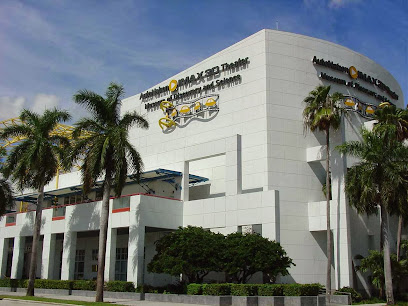
Hugh Taylor Birch State Park
Explore the lush landscapes and diverse wildlife at Hugh Taylor Birch State Park, a serene escape in Fort Lauderdale perfect for nature lovers.
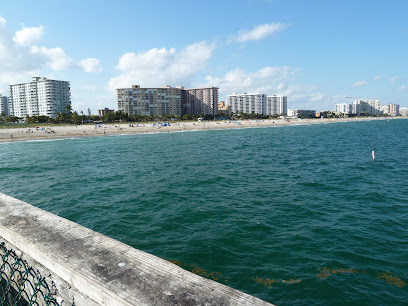
Jungle Queen Riverboat
Discover the beauty of Fort Lauderdale from the water with Jungle Queen Riverboat's delightful tours and delicious dining experiences.
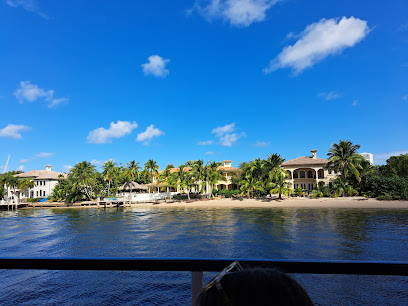
The Wharf Fort Lauderdale
Discover the vibrant atmosphere of The Wharf Fort Lauderdale, where live music, delicious food, and cultural events come together along the beautiful waterways.
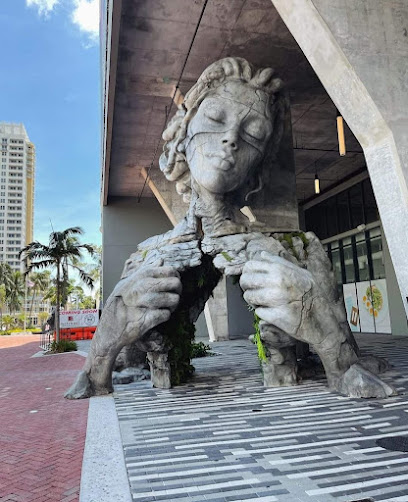
The Historic Downtowner
Discover Fort Lauderdale's vibrant dining scene at The Historic Downtowner, where delicious American cuisine meets live music along the scenic New River.
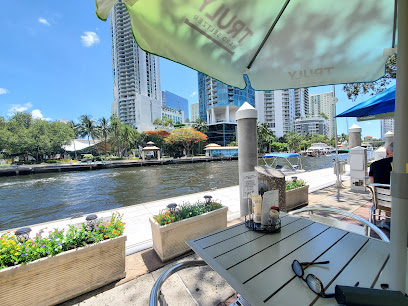
Bonnet House Museum & Gardens
Discover the captivating Bonnet House Museum & Gardens, a serene blend of art, history, and nature in the heart of Fort Lauderdale, Florida.
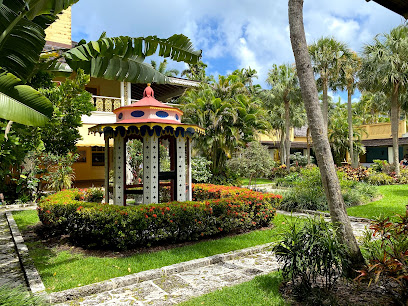
Riverfront Gondola Tours
Experience the serene beauty of Fort Lauderdale with Riverfront Gondola Tours, exploring the city's stunning waterways and waterfront properties.
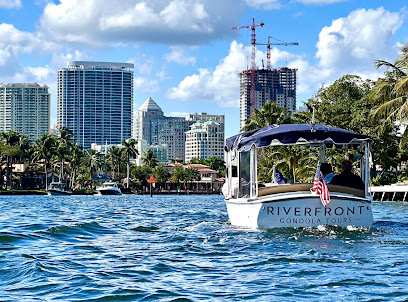
Riverwalk Fort Lauderdale
Discover the beauty of Riverwalk Fort Lauderdale, a serene urban park offering scenic views, cultural experiences, and vibrant waterfront activities.
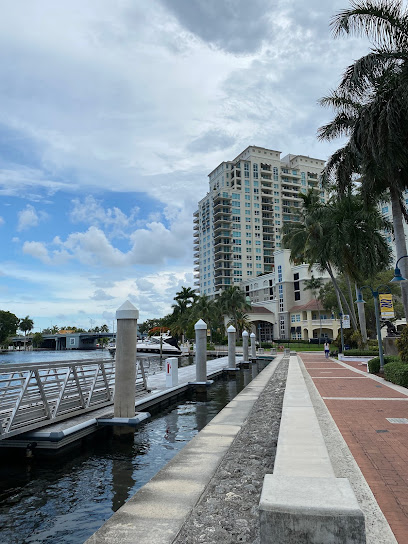
NSU Art Museum Fort Lauderdale
Discover modern and contemporary art at NSU Art Museum Fort Lauderdale, a cultural gem in the heart of South Florida.
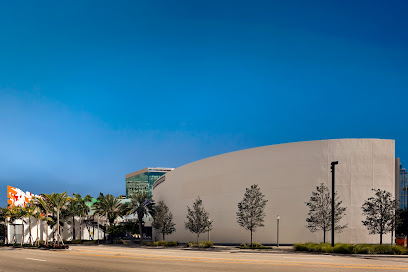
Sistrunk Marketplace & Brewery
Discover the vibrant atmosphere of Sistrunk Marketplace & Brewery, where local dining, craft beer, and community spirit come together in Fort Lauderdale.
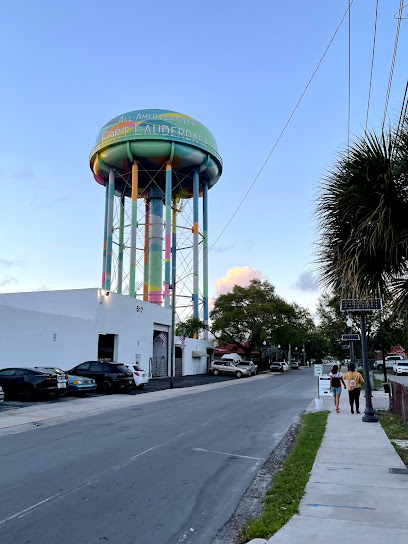
Carrie B Cruises
Discover the beauty of Fort Lauderdale's waterways with Carrie B Cruises, offering memorable sightseeing tours and spectacular views of luxurious yachts and homes.
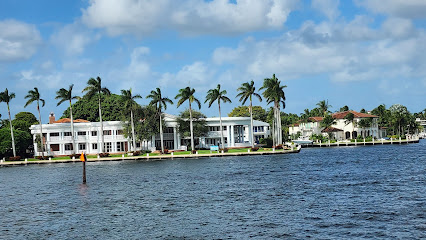
Historic Stranahan House Museum
Explore the Historic Stranahan House Museum, a captivating journey through Fort Lauderdale's rich heritage and charming early architecture.
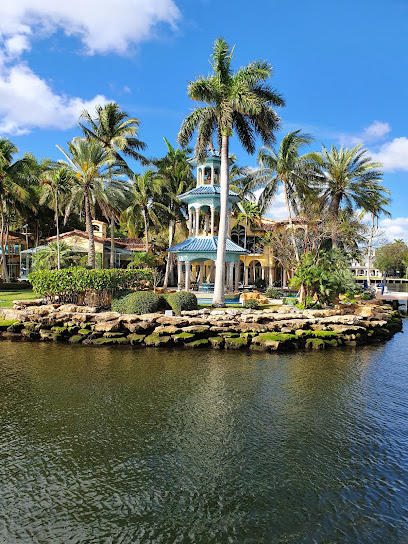
Water Taxi Stop #1
Discover Fort Lauderdale's waterways at Water Taxi Stop #1, your gateway to stunning sights and unforgettable experiences in the 'Venice of America'.
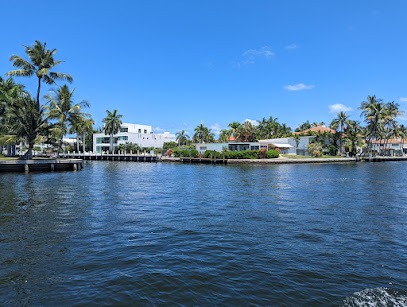
Naval Air Station Fort Lauderdale Museum
Discover the rich aviation history at the Naval Air Station Fort Lauderdale Museum, featuring aircraft exhibits and military memorabilia.
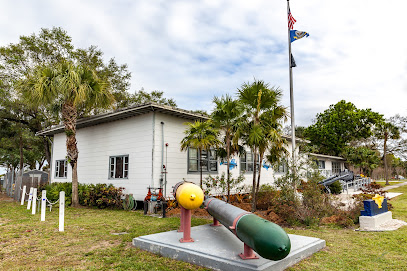
Segway Fort Lauderdale
Experience Fort Lauderdale like never before with an exciting Segway tour, blending sightseeing with adventure in this beautiful coastal city.
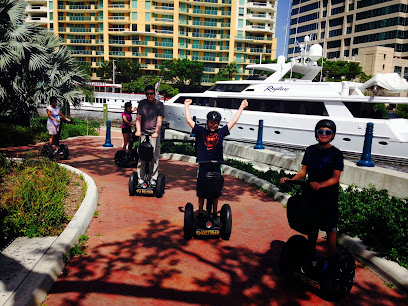
Unmissable attractions to see
Seminole Hard Rock Hotel & Casino Hollywood, FL
Discover the ultimate entertainment destination at Seminole Hard Rock Hotel & Casino, where luxury meets excitement in the heart of Florida.

Wynwood Walls
Discover the artistic heart of Miami at Wynwood Walls, an outdoor museum showcasing vibrant street art and a lively cultural scene.
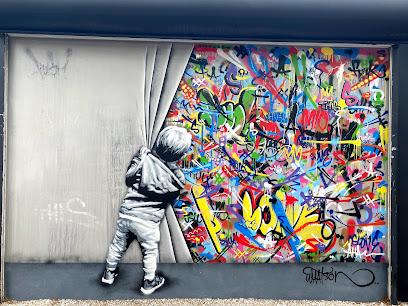
Kaseya Center
Discover the excitement of Kaseya Center, Miami's premier arena for sports and entertainment, located in the heart of Downtown Miami.
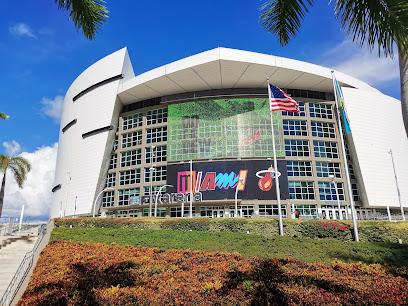
Lummus Park
Experience the beauty and vibrancy of Lummus Park, a stunning beachfront oasis in Miami Beach, perfect for relaxation and outdoor activities.
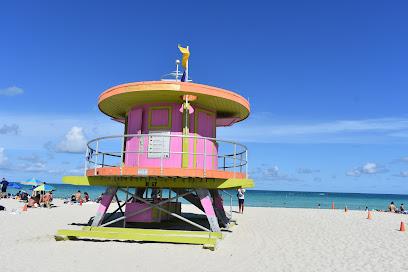
Bayfront Park
Explore the lush greenery and vibrant atmosphere of Bayfront Park, a must-visit urban oasis in Downtown Miami's bustling landscape.
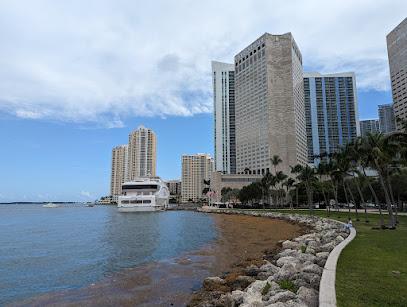
Margaritaville Hollywood Beach Resort
Experience paradise at Margaritaville Hollywood Beach Resort, where tropical vibes meet luxurious amenities in a beachfront escape.
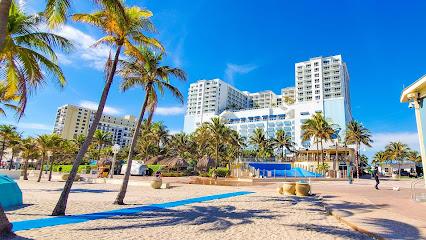
Haulover Park
Discover the breathtaking beauty and diverse activities at Haulover Park, the perfect destination for relaxation and recreation in Miami Beach.

Hard Rock Stadium
Explore Hard Rock Stadium, Miami's vibrant sports and entertainment destination, where thrilling NFL games and spectacular concerts await.
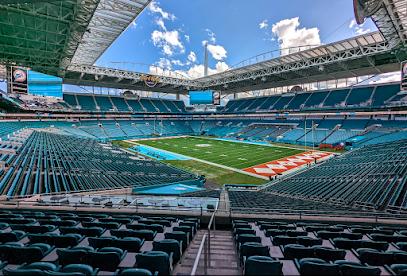
Everglades Holiday Park Airboat Tours and Rides
Discover the breathtaking beauty of Florida's Everglades at Everglades Holiday Park, where thrilling airboat tours meet wildlife encounters.
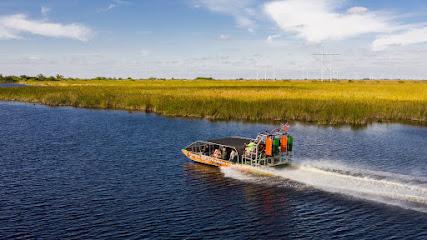
Vizcaya Museum & Gardens
Explore the stunning Vizcaya Museum & Gardens in Miami, a historical gem featuring exquisite art, lush gardens, and captivating architecture.
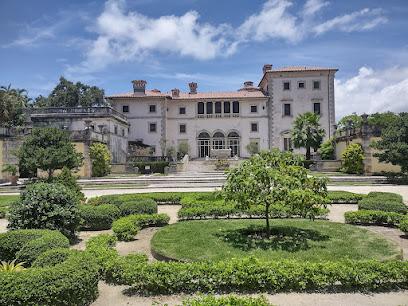
Bill Baggs Cape Florida State Park
Explore the stunning beaches, historic lighthouse, and lush landscapes of Bill Baggs Cape Florida State Park, a true gem of Key Biscayne.
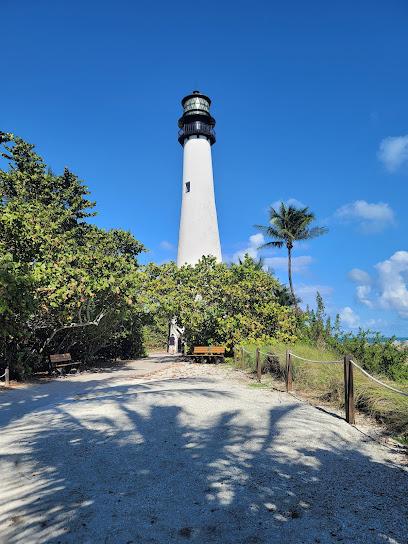
Miami Seaquarium
Explore Miami Seaquarium: A family-friendly aquatic adventure filled with marine life, captivating shows, and conservation education in the heart of Miami.
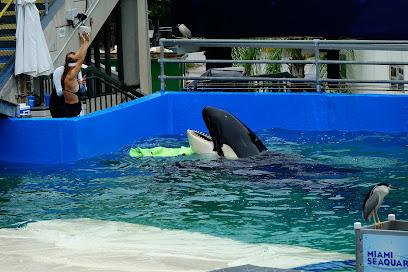
Las Olas Beach
Discover the sun-kissed shores of Las Olas Beach in Fort Lauderdale, where relaxation meets vibrant coastal culture and endless outdoor adventures.
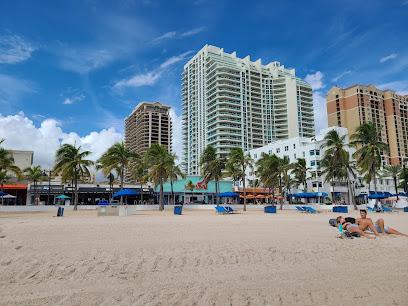
Amerant Bank Arena
Discover the vibrant atmosphere of Amerant Bank Arena, the premier destination for sports and entertainment in Sunrise, Florida.

South Pointe Park
Discover the natural beauty and recreational bliss of South Pointe Park in Miami Beach, a perfect escape for families and nature lovers alike.
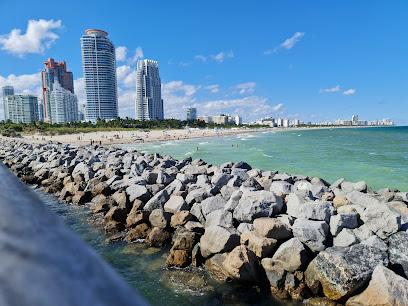
Essential places to dine
Shooters Waterfront
Experience waterfront dining at its finest with diverse American cuisine and fresh seafood at Shooters Waterfront in Fort Lauderdale.
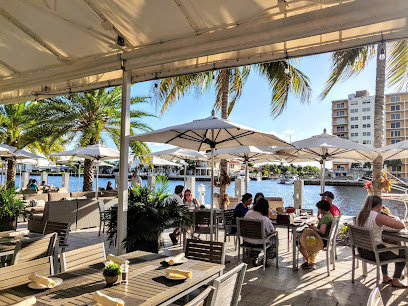
Coconuts
Experience fresh seafood delights at Coconuts in Fort Lauderdale—where taste meets breathtaking waterfront views.

Louie Bossi's Ristorante Bar Pizzeria
Experience authentic Italian cuisine at Louie Bossi's Ristorante Bar Pizzeria on Las Olas Boulevard in Fort Lauderdale.
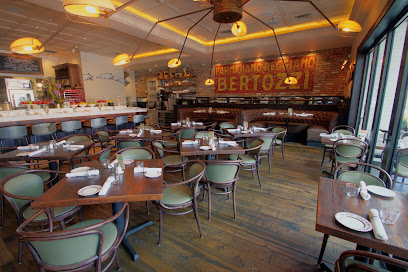
Kaluz Restaurant
Experience exquisite New American cuisine with stunning waterfront views at Kaluz Restaurant in Fort Lauderdale.
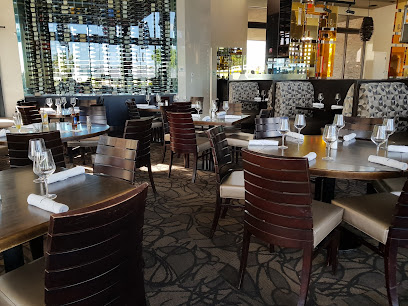
Boatyard
Experience fresh seafood and vibrant cocktails at Boatyard, Fort Lauderdale's top destination for coastal cuisine in a nautical-inspired setting.
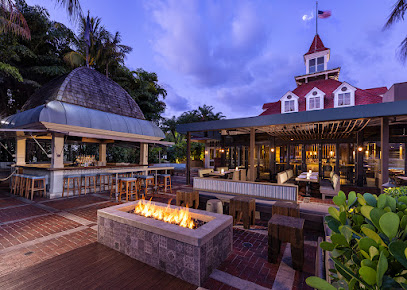
Casa Sensei
Experience a culinary adventure at Casa Sensei with innovative Pan-Asian and Latin fusion dishes in the heart of Fort Lauderdale.

Lona Cocina Tequileria
Discover authentic Mexican flavors at Lona Cocina Tequileria in Fort Lauderdale - a culinary paradise by the beach.
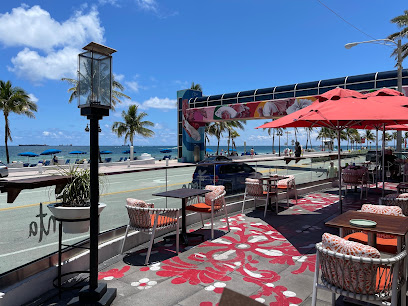
Casablanca Cafe
Experience the charm of Casablanca Cafe in Fort Lauderdale – where delicious American cuisine meets enchanting live piano music.
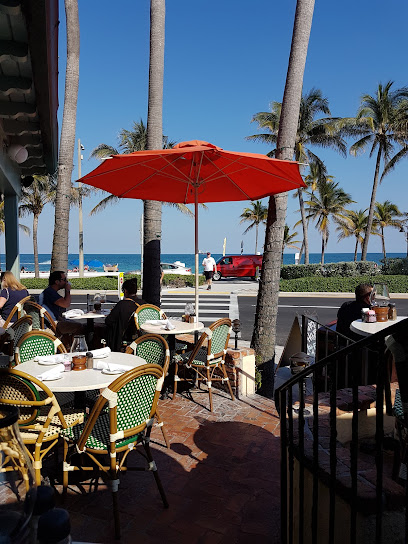
YOLO Restaurant
Savor the essence of New American cuisine at YOLO Restaurant in Fort Lauderdale—where vibrant flavors meet stylish ambiance.
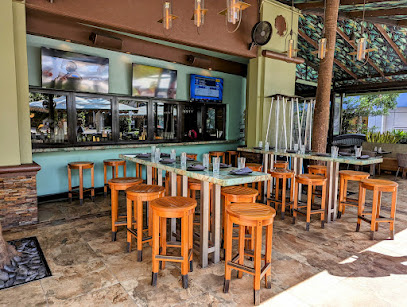
Rendezvous
Discover Rendezvous: A charming seafood restaurant in Fort Lauderdale offering delicious meals with stunning marina views.
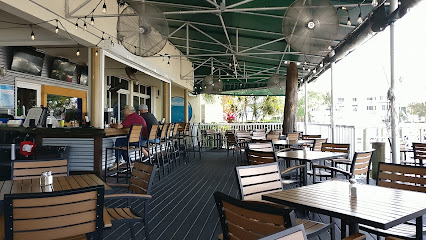
S3 (Sun Surf Sand)
Discover exquisite sushi and seafood dishes at S3 (Sun Surf Sand), Fort Lauderdale's premier beachfront restaurant offering stunning views and innovative cuisine.
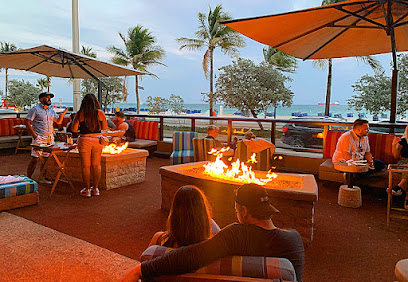
Foxy Brown
Experience flavorful American cuisine at Foxy Brown in Fort Lauderdale—where brunch meets gastropub flair for an unforgettable dining adventure.
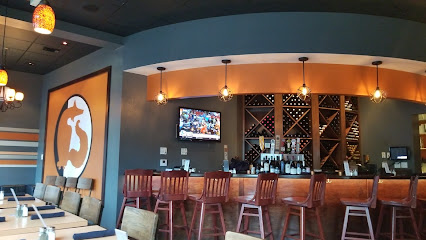
Lobster Bar Sea Grille
Experience exquisite seafood dining at Lobster Bar Sea Grille in Fort Lauderdale - where fresh flavors meet fine dining elegance.
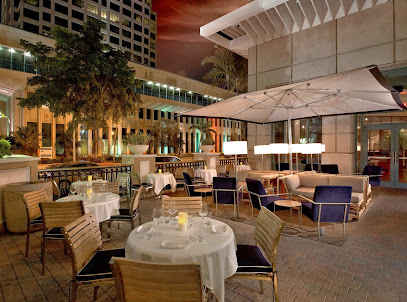
Rivertail
Discover Rivertail in Fort Lauderdale: A premier seafood restaurant offering fresh catches and waterfront views for an unforgettable dining experience.
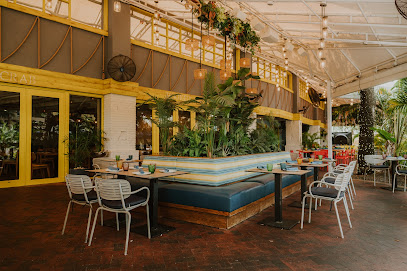
Doc B's Restaurant
Experience vibrant American dining at Doc B's Restaurant in Fort Lauderdale - where quality meets flavor in every dish.
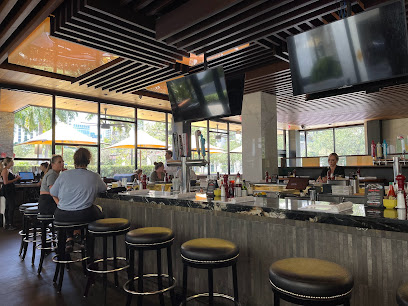
Markets, malls and hidden boutiques
The Galleria at Fort Lauderdale
Explore The Galleria at Fort Lauderdale for a luxurious shopping experience filled with top brands, delicious dining, and vibrant entertainment options.
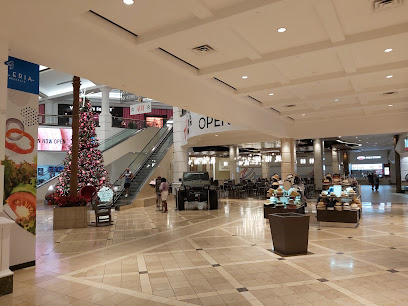
Coral Ridge Mall
Shop, dine, and unwind at Coral Ridge Mall – Fort Lauderdale's premier shopping destination with a vibrant atmosphere and diverse offerings.
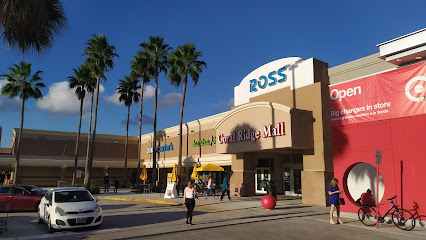
Harbor Shops
Explore the dynamic Harbor Shops in Fort Lauderdale for shopping, dining, and beauty services, all in one vibrant location.

Beach Place
Discover Beach Place, where shopping meets the sun, offering a unique blend of retail, dining, and ocean views in Fort Lauderdale.
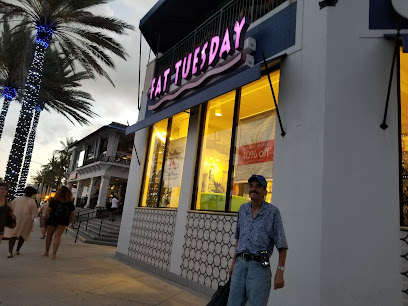
Southport Shopping Center
Explore the vibrant Southport Shopping Center in Fort Lauderdale for an unforgettable shopping and dining experience.
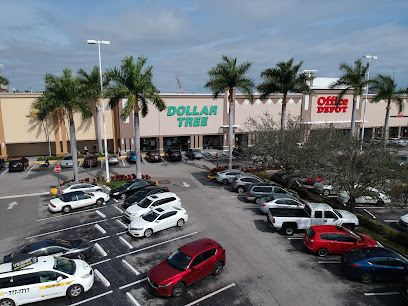
River Market
Explore River Market in Fort Lauderdale, a lively shopping mall offering diverse retail and dining experiences in a vibrant atmosphere.

Victoria Park Shoppes
Explore the vibrant Victoria Park Shoppes in Fort Lauderdale, where shopping meets culinary delights in a lively atmosphere.
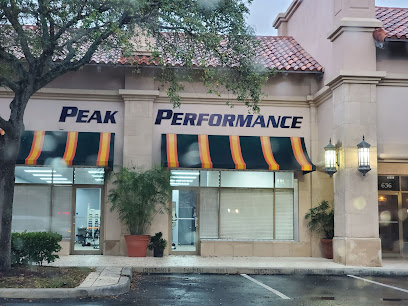
Coast Boutique
Discover unique gifts, stylish clothing, and exquisite jewelry at Coast Boutique in Lauderdale-By-The-Sea, Florida.
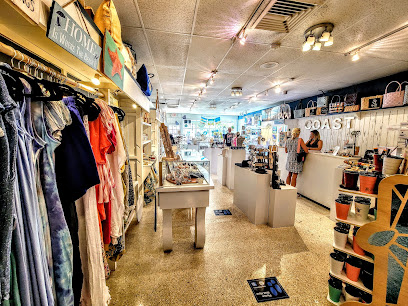
7-Six The Vacation Supply Company
Explore Fort Lauderdale's vibrant beach culture at 7-Six The Vacation Supply Company, your ultimate stop for unique souvenirs and stylish beachwear.
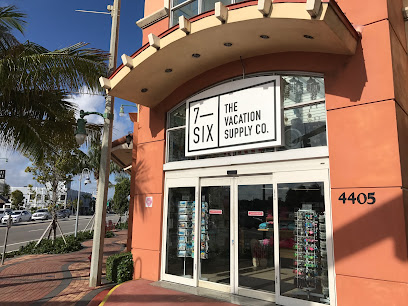
Surf Style
Explore Surf Style in Fort Lauderdale for an unbeatable selection of beachwear and unique gifts that embody the coastal lifestyle.
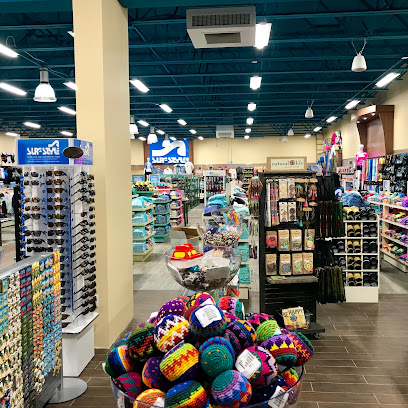
FORT LAUDERDALE ANTIQUE STORE Decorative Arts & Fine Antiques
Discover unique antiques and exquisite decorative arts at Fort Lauderdale Antique Store, a must-visit for art lovers and collectors.
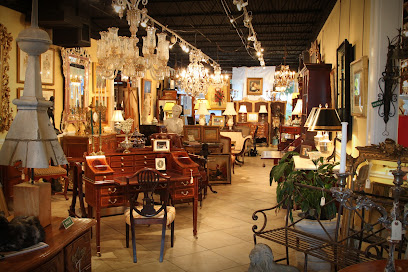
Unique Treasures
Explore Unique Treasures in Fort Lauderdale for rare collectibles and vintage finds that bring charm and nostalgia to your home.
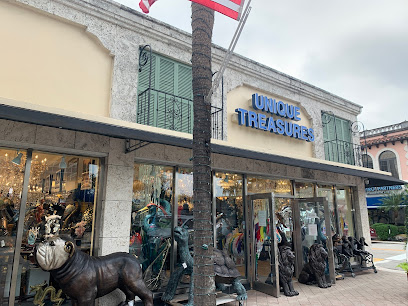
Wonderland
Experience the charm of Wonderland in Fort Lauderdale, a unique gift shop offering stylish women's clothing and home goods that capture local creativity.
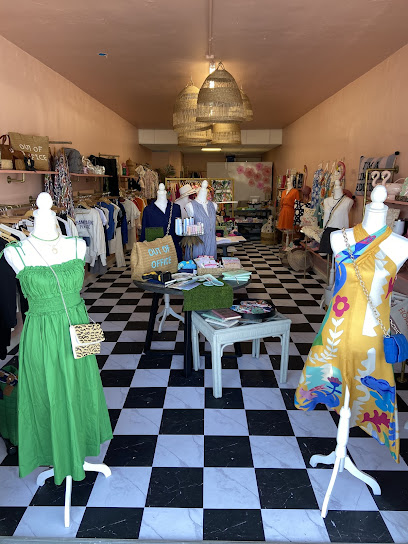
Forget Something Gift Shop Fort Lauderdale Airport Port Everglades Cruise port
Explore a treasure trove of unique gifts and essentials at Forget Something Gift Shop in Fort Lauderdale, perfect for travelers and locals alike.
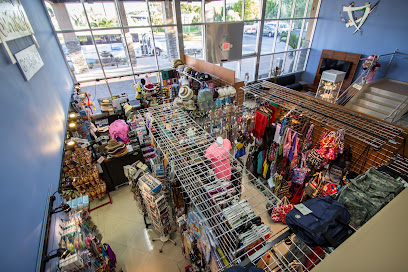
Kreations Novelties
Discover unique souvenirs at Kreations Novelties, Fort Lauderdale's vibrant store filled with local crafts and beach-themed treasures.
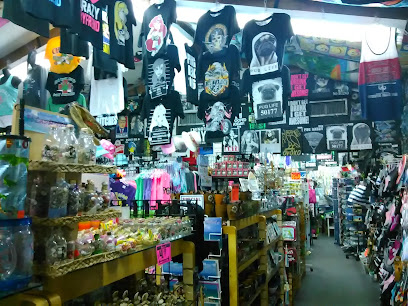
Essential bars & hidden hideouts
Rock Bar
Experience the vibrant nightlife and stunning ocean views at Rock Bar, Fort Lauderdale's premier beach destination for food, fun, and entertainment.
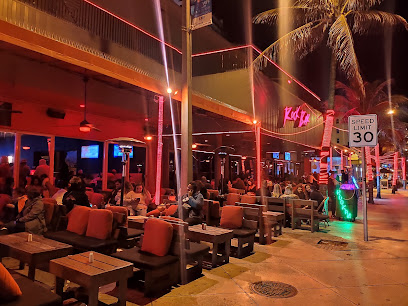
Tap 42 Craft Kitchen & Bar - Fort Lauderdale
Explore the vibrant flavors of Fort Lauderdale at Tap 42 Craft Kitchen & Bar, a unique gastropub with a casual atmosphere and an extensive drink selection.
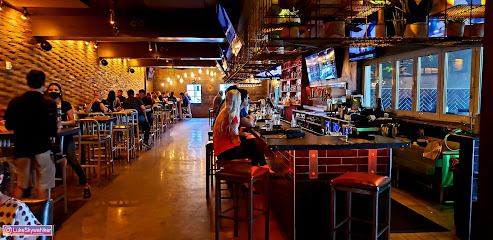
Elbo Room
Experience the vibrant atmosphere of Elbo Room, Fort Lauderdale's iconic beachfront bar known for live music, great drinks, and stunning ocean views.
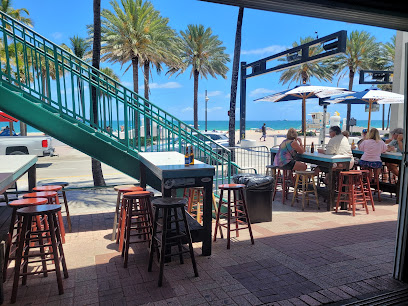
Glitch Bar
Discover Glitch Bar: Where American Cuisine Meets Lively Nightlife in Fort Lauderdale's Heart.
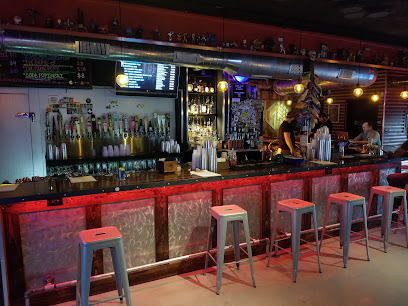
American Social
Experience the best of American cuisine at American Social, a lively gastropub in Fort Lauderdale, perfect for brunch, dinner, and sports viewing.
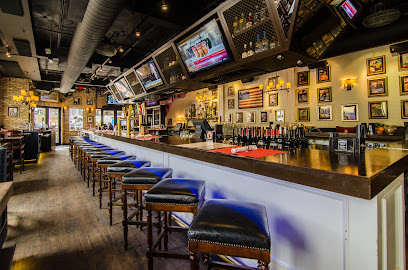
Rooftop @1WLO
Discover Rooftop @1WLO, Fort Lauderdale's premier cocktail bar, offering stunning skyline views and an unforgettable nightlife experience.
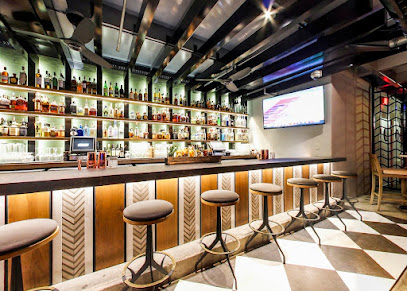
Blue Martini
Experience the lively atmosphere and exquisite cocktails at Blue Martini, the premier bar and lounge in Fort Lauderdale's nightlife scene.
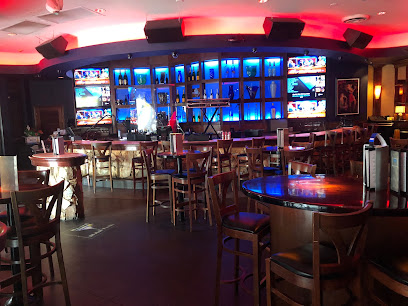
Rhythm & Vine
Experience the vibrant nightlife at Rhythm & Vine, Fort Lauderdale's top bar and lounge blending cocktails, live music, and a stunning outdoor space.
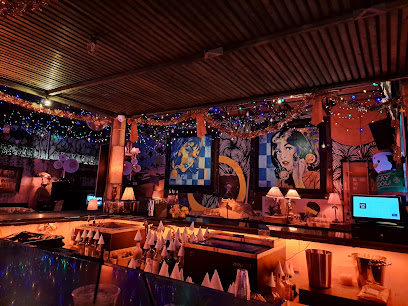
Original Fat Cats
Dive into Fort Lauderdale's nightlife at Original Fat Cats, a lively bar known for great drinks and an inviting atmosphere.

The Wilder
Discover The Wilder in Fort Lauderdale, a chic bar and restaurant offering exquisite cocktails, vibrant nightlife, and a delightful brunch experience.
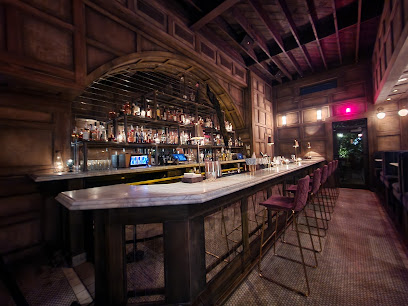
The Red Room Speakeasy Fort Lauderdale
Discover The Red Room Speakeasy in Fort Lauderdale, where vintage charm and inventive cocktails create an unforgettable nightlife experience.
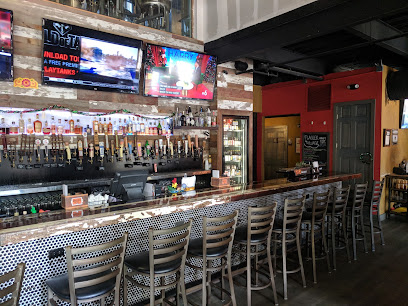
Booze Garden
Discover Booze Garden, where refreshing drinks meet arcade fun in a vibrant beer garden atmosphere in Fort Lauderdale, Florida.
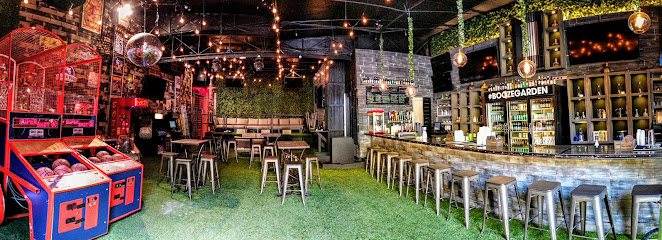
Sparrow
Discover Sparrow, Fort Lauderdale's chic cocktail bar, perfect for craft cocktails and vibrant rooftop parties in the heart of Victoria Park.
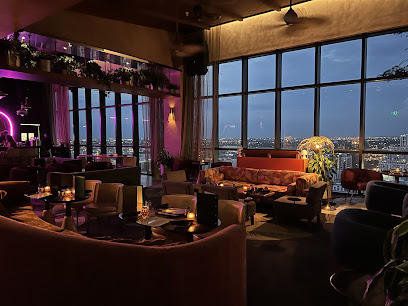
Apothecary 330 - A Cocktail Bar
Discover Apothecary 330, the cocktail bar in South Fort Lauderdale where artisanal drinks meet mouthwatering pizza in a vibrant atmosphere.
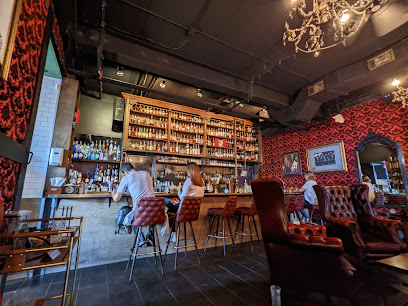
The Wreck Bar
Experience the vibrant ambiance of The Wreck Bar in Fort Lauderdale, where cocktails, ocean views, and live entertainment create unforgettable moments.
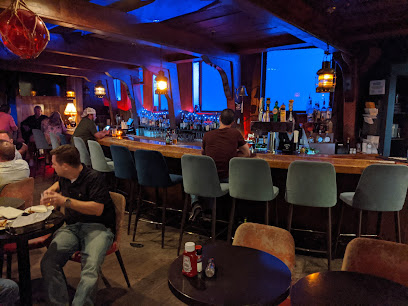
Local Phrases
-
- HelloHi
[haɪ] - GoodbyeBye
[baɪ] - YesYeah
[jɛ] - NoNah
[nɑ] - Please/You're welcomePlease/No problem
[pliz / no ˈprɑbləm] - Thank youThanks
[θæŋks] - Excuse me/SorryExcuse me/Sorry
[ɪkˈskjuz mi / ˈsɔri] - How are you?How are you?
[haʊ ɑr ju] - Fine. And you?Good. And you?
[ɡʊd ænd ju] - Do you speak English?Do you speak English?
[du ju spik ˈɪŋɡlɪʃ] - I don't understandI don't understand
[aɪ doʊnt ˌʌndərˈstænd]
- HelloHi
-
- I'd like to see the menu, pleaseI'd like to see the menu, please
[aɪd laɪk tu si ðə ˈmɛnju pliz] - I don't eat meatI don't eat meat
[aɪ doʊnt it mit] - Cheers!Cheers!
[ʧɪrz] - I would like to pay, pleaseI would like to pay, please
[aɪ wʊd laɪk tu peɪ pliz]
- I'd like to see the menu, pleaseI'd like to see the menu, please
-
- Help!Help!
[hɛlp] - Go away!Go away!
[ɡoʊ əˈweɪ] - Call the Police!Call the Police!
[kɔl ðə pəˈlis] - Call a doctor!Call a doctor!
[kɔl ə ˈdɑktər] - I'm lostI'm lost
[aɪm lɔst] - I'm illI'm ill
[aɪm ɪl]
- Help!Help!
-
- I'd like to buy...I'd like to buy...
[aɪd laɪk tu baɪ] - I'm just lookingI'm just looking
[aɪm ʤʌst ˈlʊkɪŋ] - How much is it?How much is it?
[haʊ mʌʧ ɪz ɪt] - That's too expensiveThat's too expensive
[ðæts tu ɪksˈpɛnsɪv] - Can you lower the price?Can you lower the price?
[kæn ju ˈloʊər ðə praɪs]
- I'd like to buy...I'd like to buy...
-
- What time is it?What time is it?
[wʌt taɪm ɪz ɪt] - It's one o'clockIt's one o'clock
[ɪts wʌn əˈklɑk] - Half past (10)Half past (10)
[hæf pæst (10)] - MorningMorning
[ˈmɔrnɪŋ] - AfternoonAfternoon
[ˌæftərˈnun] - EveningEvening
[ˈivnɪŋ] - YesterdayYesterday
[ˈjɛstərdeɪ] - TodayToday
[təˈdeɪ] - TomorrowTomorrow
[təˈmɔroʊ] - 11
[wʌn] - 22
[tu] - 33
[θri] - 44
[fɔr] - 55
[faɪv] - 66
[sɪks] - 77
[sɛvən] - 88
[eɪt] - 99
[naɪn] - 1010
[tɛn]
- What time is it?What time is it?
-
- Where's a/the...?Where's a/the...?
[wɛrz ə ðə] - What's the address?What's the address?
[wɑts ðə əˈdrɛs] - Can you show me (on the map)?Can you show me (on the map)?
[kæn ju ʃoʊ mi (ɒn ðə mæp)] - When's the next (bus)?When's the next (bus)?
[wɛnz ðə nɛkst (bʌs)] - A ticket (to ....)A ticket (to ....)
[ə ˈtɪkɪt (tu ....)]
- Where's a/the...?Where's a/the...?
History of Fort Lauderdale
-
Long before European settlers arrived, the area now known as Fort Lauderdale was inhabited by the Tequesta people. They lived in the region for over a thousand years, relying on the rich marine resources and thriving in the subtropical climate. Archeological evidence of their settlements and burial mounds can still be found in the area today.
-
In the 16th century, Spanish explorers such as Ponce de León made contact with the native populations in what is now Fort Lauderdale. The Spanish influence, however, was limited and short-lived, as European diseases significantly reduced the indigenous populations.
-
The early 19th century saw the Seminole Wars, a series of conflicts between the United States and the Seminole people, who sought refuge in the Florida Everglades. Fort Lauderdale itself is named after a series of forts built during the Second Seminole War (1835-1842) by Major William Lauderdale.
-
Fort Lauderdale was officially established in the early 20th century. In 1911, the town was incorporated, and its development was spurred by the arrival of the Florida East Coast Railroad, built by Henry Flagler. This crucial infrastructure allowed for the rapid growth of the city.
-
The 1920s brought a land boom to Fort Lauderdale, with many people flocking to the area for its sunny climate and burgeoning real estate opportunities. However, this boom was followed by a bust during the Great Depression, causing economic hardship and halting development.
-
During World War II, Fort Lauderdale became a significant military base for the U.S. Navy, housing naval air stations and training facilities. The city's strategic coastal location made it an important site for military operations.
-
After World War II, Fort Lauderdale experienced a period of rapid expansion and modernization. The development of Port Everglades and the construction of the interstate highway system facilitated the city's growth as a major tourist destination and commercial hub.
-
In the mid-20th century, Fort Lauderdale gained fame as the 'Spring Break Capital of the World' due to its popularity among college students. This era, immortalized in films like 'Where the Boys Are,' brought a significant cultural shift and economic boost to the city.
-
Today, Fort Lauderdale is known for its vibrant arts and culture scene, pristine beaches, and extensive canal system, earning it the nickname 'Venice of America.' The city is also a major yachting center, hosting events like the Fort Lauderdale International Boat Show, one of the largest in the world.
Fort Lauderdale Essentials
-
Fort Lauderdale is served by Fort Lauderdale-Hollywood International Airport (FLL), located just 3 miles southwest of downtown. The airport offers numerous domestic and international flights. Alternatively, Miami International Airport (MIA) is about 30 miles south and offers another option for travelers. For those arriving by car, Fort Lauderdale is accessible via Interstate 95 and the Florida Turnpike. Amtrak also offers train services to Fort Lauderdale, and Greyhound provides long-distance bus services.
-
Fort Lauderdale has a variety of transportation options including rental cars, taxis, ride-sharing services like Uber and Lyft, and public buses operated by Broward County Transit (BCT). The Sun Trolley offers a convenient and inexpensive way to get around the downtown area. For waterways, the Water Taxi offers a scenic way to travel along the Intracoastal Waterway and New River, with stops at popular destinations.
-
The official currency is the United States Dollar (USD). Credit and debit cards are widely accepted, and ATMs are plentiful throughout the city. Contactless payment options like Apple Pay and Google Wallet are also commonly used. It's advisable to carry some cash for small purchases or in case a vendor does not accept cards.
-
Fort Lauderdale is generally safe for tourists, but it's wise to take standard precautions. Avoid walking alone at night in poorly lit areas and keep an eye on your belongings in crowded places. Areas like Sistrunk Boulevard are known for higher crime rates and should be avoided, particularly after dark. Stick to well-lit, populated areas and always stay aware of your surroundings.
-
In case of an emergency, dial 911 for police, fire, or medical assistance. Fort Lauderdale has several hospitals and urgent care centers. It's recommended to have travel insurance that covers medical emergencies. For minor health issues, pharmacies such as CVS and Walgreens are widely available.
-
Fashion: Do wear light, breathable clothing due to the hot and humid climate. Don't wear beachwear away from the beach or pool areas. Religion: Do respect religious customs if visiting places of worship. Public Transport: Do have exact change for buses or use a transit card. Don’t eat or drink on public transport. Greetings: Do greet people with a friendly 'hello' or 'hi.' Handshakes are common in formal settings. Eating & Drinking: Do try the local seafood and Cuban cuisine. Don't forget to tip your server, typically 15-20%.
-
To experience Fort Lauderdale like a local, visit the Las Olas Boulevard for shopping, dining, and nightlife. Explore Hugh Taylor Birch State Park for outdoor activities. Take a stroll along the Riverwalk and enjoy the vibrant arts and entertainment district. Don't miss the historic Bonnet House Museum & Gardens. For a unique experience, join a fishing charter or a boat tour to explore the waterways.
Trending Landmark in Fort Lauderdale
-
Museum of Discovery and Science
-
Hugh Taylor Birch State Park
-
Jungle Queen Riverboat
-
The Wharf Fort Lauderdale
-
The Historic Downtowner
-
Bonnet House Museum & Gardens
-
Riverfront Gondola Tours
-
Riverwalk Fort Lauderdale
-
NSU Art Museum Fort Lauderdale
-
Sistrunk Marketplace & Brewery
-
Carrie B Cruises
-
Historic Stranahan House Museum
-
Water Taxi Stop #1
-
Naval Air Station Fort Lauderdale Museum
-
Segway Fort Lauderdale
Nearby Cities to Fort Lauderdale
-
Things To Do in Miami
-
Things To Do in Homestead
-
Things To Do in Bimini
-
Things To Do in Key Largo
-
Things To Do in Stuart
-
Things To Do in Ft. Pierce
-
Things To Do in Lucaya
-
Things To Do in Freeport
-
Things To Do in Fort Myers
-
Things To Do in Cape Coral
-
Things To Do in Sebring
-
Things To Do in Key West
-
Things To Do in Sarasota
-
Things To Do in Andros Town
-
Things To Do in Orlando
















